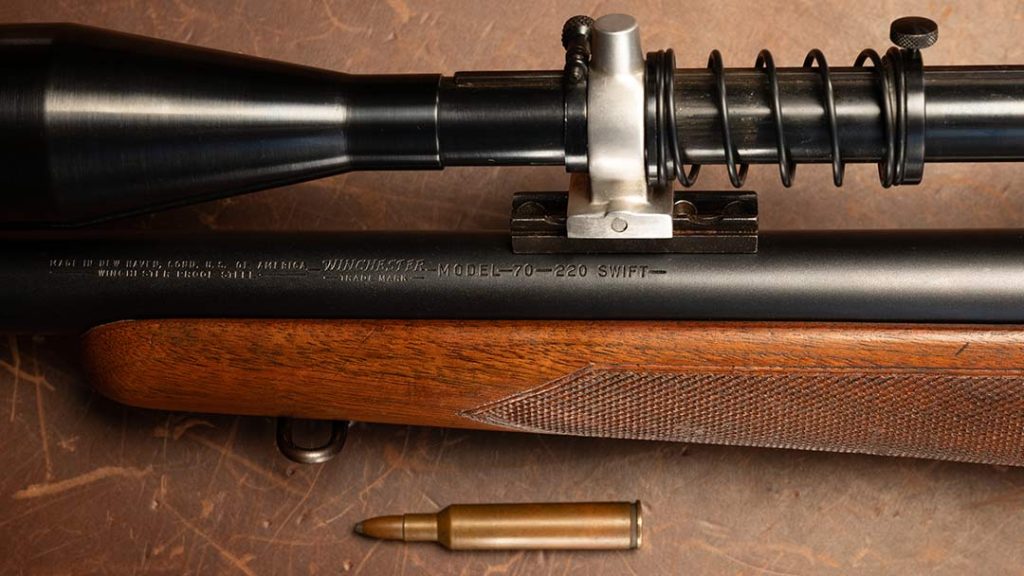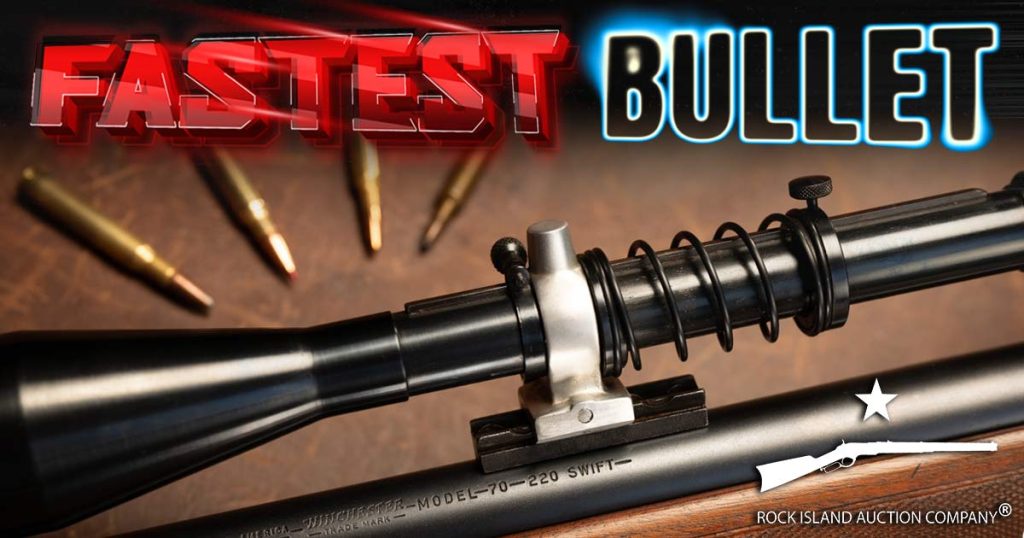The fastest bullet has always carried a sense of mystery and danger. For centuries, people have been fascinated by speed—horses, cars, jets, rockets—but nothing captures the imagination quite like the speed of a bullet. From movies that slow down time to video games that glorify gun battles, bullets represent more than just projectiles. They symbolize precision, force, and sometimes fear. But behind the myth of the fastest bullet lies a very real story of science, innovation, and human curiosity.
A Childhood Memory That Sparked a Question
When I was ten years old, my uncle showed me an old hunting rifle. He explained how bullets traveled faster than sound, breaking through the air before a person could even hear the gunfire. I remember staring at the weapon and asking, “So what’s the fastest bullet in the world?”
My uncle didn’t have an answer, but that single question stayed with me. Years later, I would dive into books, documentaries, and eventually research studies just to uncover the truth behind the fastest bullet. What I discovered was more shocking than I expected—not just about the speeds themselves, but about the experiments, the failures, and the consequences of pushing the limits of human invention.
Understanding What Makes the Fastest Bullet Possible
Before we dive into history and science, we need to understand the basics of what makes a bullet “fast.”
- Caliber – The diameter of the bullet affects speed. Smaller, lighter bullets generally travel faster than heavier ones.
- Gunpowder Charge – The explosive force behind the bullet propels it forward. More pressure equals more speed.
- Barrel Length – A longer barrel gives the bullet more time to accelerate.
- Aerodynamics – Just like race cars, bullets are designed to cut through air with minimal resistance.
The combination of these factors determines whether a bullet crawls at a modest pace or flies faster than the speed of sound.
Historical Attempts to Break Speed Records
Humans have always been obsessed with “fastest.” From the first muskets in the 16th century to experimental rifles in the 20th century, engineers have constantly tried to make projectiles travel farther and faster.
- In the 1800s, rifles like the Sharps Rifle were considered revolutionary because they doubled the speed of older muskets.
- By World War I, the German Mauser rifles were pushing bullets well over 2,000 feet per second.
- World War II saw the creation of high-velocity rifles like the M1 Garand, which pushed the limits even further.
But even these historic weapons couldn’t prepare the world for the experimental designs that came after.

The Science Behind the Fastest Bullet
To truly understand the fastest bullet, we need to look at numbers.
- The average handgun fires a bullet at about 1,000 feet per second (fps).
- A rifle like the M16 can reach 3,100 fps.
- Specialized rounds, such as the .220 Swift, have reached over 4,000 fps.
But the world record for the fastest bullet goes beyond firearms. Some experiments have used railguns and light-gas guns, achieving speeds of over 15,000 fps—nearly five times the speed of sound. These bullets are no longer simply pieces of lead but carefully engineered projectiles designed to push the limits of physics.
Military Experiments and Real-World Applications
The military has long been at the forefront of chasing the fastest bullet. Railgun technology, tested by the U.S. Navy, demonstrated speeds previously thought impossible. Instead of gunpowder, these weapons use electromagnetic force to propel projectiles at blistering velocities.
The benefits?
- Greater range.
- Faster travel time, leaving enemies no chance to react.
- Massive impact energy.
But there are drawbacks too. The faster a bullet travels, the more stress it places on the weapon itself, often causing barrels to degrade after just a few uses.
The Fastest Bullet vs. Modern Technology
Speed alone isn’t always the answer. Modern warfare often favors precision-guided missiles and drones over raw bullet velocity. In fact, engineers now question whether chasing the “fastest bullet” is practical at all. A bullet that travels too fast may over-penetrate, passing through targets without causing intended damage.
So while the world may be fascinated with speed records, in reality, balance often matters more.
Why Speed Isn’t Everything in Ballistics
Think of it this way: A Formula 1 car may be faster than a truck, but you wouldn’t use it to haul heavy cargo. Similarly, a bullet that is the fastest in history may not be the most effective in battle or hunting.
Factors like accuracy, stability, and stopping power often outweigh sheer velocity. This is why, despite breakthroughs, most militaries stick to tried-and-true calibers rather than chasing the ultimate fastest bullet.
The Human Side of the Fastest Bullet
Behind every experiment, every innovation, and every record-breaking test lies a team of scientists, engineers, and soldiers. Some risk their lives in experiments to discover the limits of ballistics. Others dedicate years of study, trying to solve the puzzle of speed.
But perhaps the most important human side is the question of ethics. Should we be chasing faster and deadlier weapons? Or should science focus more on safety and defense?
The Future: Could We See Even Faster Bullets?
The quest is far from over. With advancements in nanotechnology, electromagnetic propulsion, and even plasma weapons, the next generation of projectiles may redefine what we think of as the fastest bullet.
It may not even be a traditional bullet at all. Imagine energy projectiles, laser pulses, or hypersonic darts replacing the small pieces of metal we know today.

Visit our website for more updates and stories
Closing Thoughts: What the Fastest Bullet Teaches Us
The story of the fastest bullet is more than just about speed. It’s about human curiosity, the need to push boundaries, and the consequences of innovation.
From childhood questions to military experiments, from physics labs to science fiction, the fastest bullet continues to inspire awe. But maybe the real lesson is this: sometimes the pursuit of speed teaches us more about ourselves than about the bullet itself.













